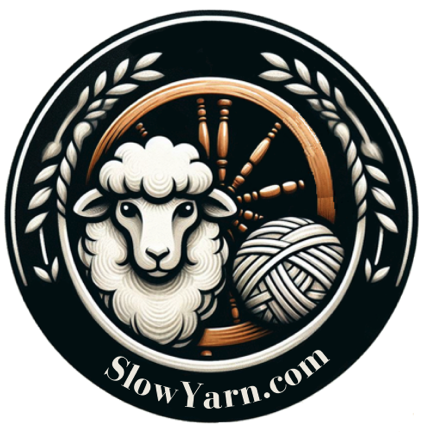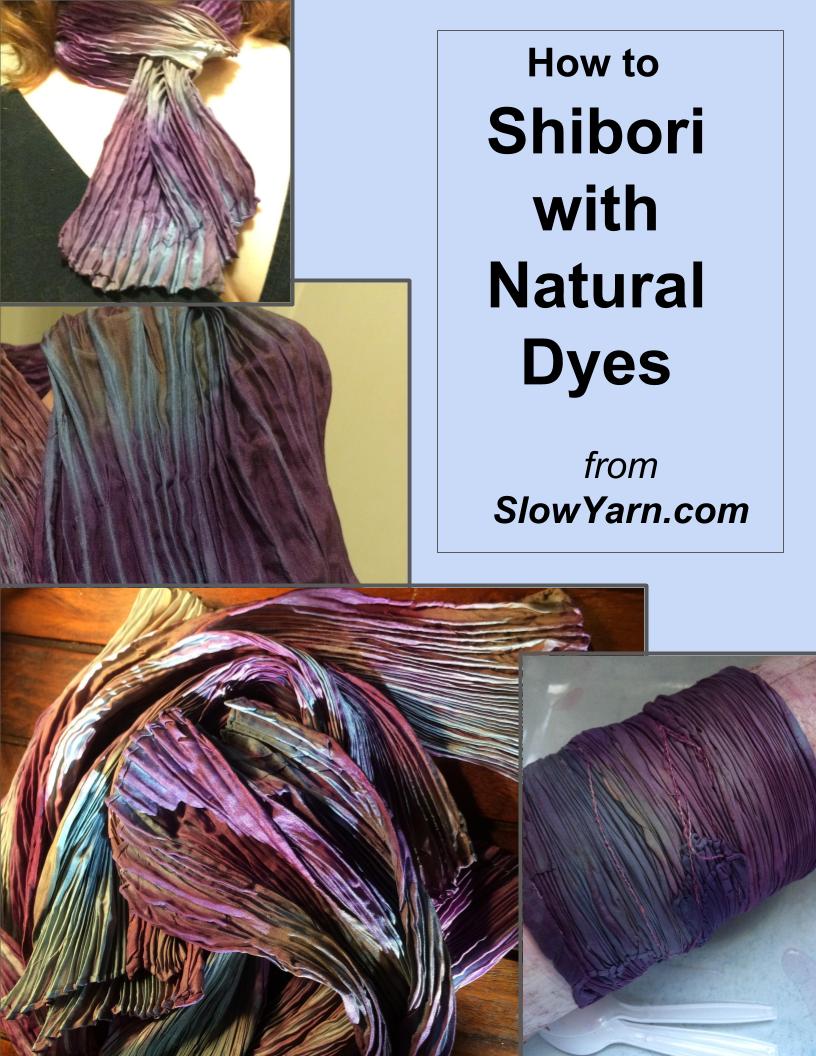This review describes Merino Wool for handspinners. Keep in mind that different preparations can have huge variations. Individual sheep within a breed can have very different fleeces from each other. Even one sheep can produce widely varying fleeces year to year, changing with age and diet and pregnancy.
Merino
- Fine wool breed — under 24 microns
- Suitable for wearing next to the skin
- Suitable for baby clothes
- Comes in a wide variety of preparations, including washable and moth-proof
- Great for beginners through experts, depending on the preparation (See Types of Preparation below)
- Low sheen
Description:
I sometimes call Merino “finger candy.” It feels soft and pleasant to spin. With this breed of wool, you can imagine wearing it as a scarf or sweater, with no scratchiness to it. Some Merino fleeces give me the mental image of walking on snow while I spin it. It is very soft, but there is a crunchy quality to the texture as the fibers rub against each other in spinning. It has a tiny even crimp that generally runs the whole length of each fiber, making a lofty, springy yarn once spun. There is very little sheen to Merino. That problem is easily solved, though, because it blends beautifully with silk!
Hints for Beginners
Sometimes a beginning handspinner is intimidated by a fine fleece like Merino. No need to be. I recommend not starting with a Merino Tops preparation, but roving or a silk blend should be fine! The main consideration for a beginner is that the fibers feed out easily, because it’s really easy to hold our fiber too tight when we’re learning. Go ahead and treat yourself to a great start!
Washable Preparation
The exception to that springiness is when the Merino has been treated to be machine washable. It has a lot less spring to it, but makes a lovely worsted style yarn. The benefits of being able to wash in the machine with other clothes are obvious!
Types of Preparation
“Roving” is a carded (brushed) preparation which is ideal for spinning a woolen yarn, fluffy, warm and springy. It is a great prep for beginners, easy to draw out and spin evenly.
“Tops,” or “Combed Tops” is a smooth preparation with very even lengths of fiber. This makes a very nice worsted (smooth as opposed to lofty) type yarn. I don’t recommend this prep for beginners in Merino, as it can be somewhat sticky and not feed out of the preparation evenly.
“Merino/Silk Blend” is usually done in a combed tops type preparation. I find that this blend is easier to spin from tops than either Merino or silk alone. The good news is that I do recommend this for beginners! Try it, and you’ll be hooked forever on spinning. Soft and shiny, this combination is reason enough to become a spinner.
Merino Fleece is a treat. It has quite a bit of lanolin in it, so I recommend washing it well before spinning. (If you’re someone who prefers spinning in the grease, this is a dream come true!) There is rarely a lot of vegetable matter in Merino, perhaps because the wool is so thick and tight the VM can’t get past the tips. I like to wash such fine wool in locks, spread in layers with nylon net. Then I flick each lock open with a flicker brush (dog brush) and spin straight from the tips.
The Breed
The Merino breed is a wool sheep which can be found throughout the world now, but is said to have originated in the area of Spain or Portugal. It is characterized by folds of skin (think Sharpei dog), which has been bred into it to create more surface area for more wool. Merino sheep wool continues growing unless sheared. The infamous Shrek was a Merino wether who escaped his enclosure and didn’t see shears for 6 years! Click here to read his story and see his pictures.
You may have read in the news that some animal rights activists are protesting the keeping of sheep as inhumane. The Merino breed is often at the center of the controversy because of some husbandry practices that have come about because of those folds of skin. The practice of “mulesing” is an obviously painful procedure, and is very rare now because of the media exposure to the cruelty of it. Mulesing is intended for the best interests of the animals, preventing fly strike and infection from soiled backsides. It is widely agreed though that the practice is too inhumane for the benefits. Tail docking does remain a common practice among all breeds, but is considerably less stressful for the sheep. You can buy Merino wool that specifies that the animals did not undergo mulesing, just like dolphin safe tuna.
For more on the humane keeping of sheep, please read here about vegans and wool.
Comments are always welcome here at SlowYarn! Tell us what you think, share your ideas, or comment on the content. Or you can contact me directly at Kelley@SlowYarn.com.
Thanks!
–Kelley
Copyright © 2015- 2023 Kelley Adams. All rights reserved.
All text, photos, and graphics are the property of Kelley Adams, unless credit is given to an alternative source.










